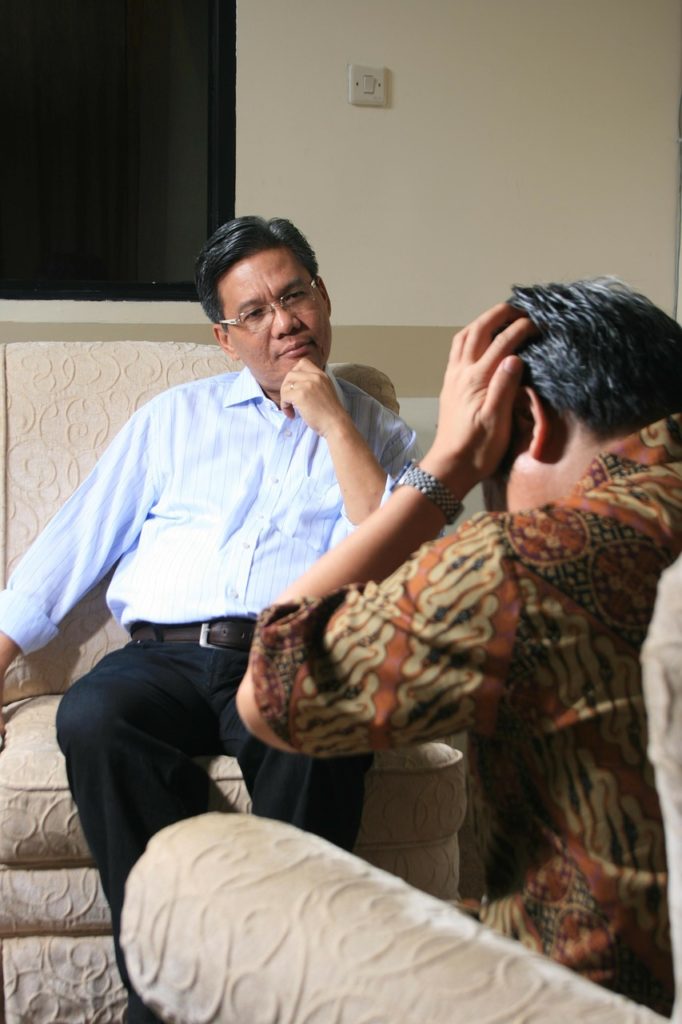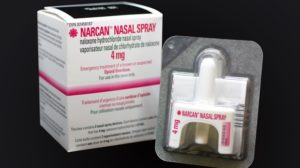
Last month, the U.S. Department of Health and Human Resources (HHS) issued an additional $487 million in adjunction to the first-year funding through its State Opioid Response (SOR) grant program. These awards to states and territories are a component of HHS’s Five-Point Opioid Strategy.
The U.S. opioid epidemic
In the late 1990s, increased prescription of opioid medications, based upon the misperception that they were not addicting, led to widespread misuse of both prescription and non-prescription opioids.
CDC showed that 116 Americans died each day from an opioid overdose, and more than 1,000 were treated in the emergency room for misusing opioids. The 2017 National Survey on Drug Use and Health depicted 11.4 million people to have misused prescription opioids, 2.1 million people to have an opioid use disorder 47,600 people to have died from overdosing on opioids. Almost 40 percent of these deaths involved a prescription opioid.
In 2017, HHS declared a public health emergency and announced a five-point strategy in response to the opioid crisis.
HHS Five-Point Strategy
The opioid epidemic is one of the Department’s top priorities. In 2017, HHS launched a Five-Point Opioid Strategy:
1. Improved access: Enhanced prevention, treatment, and recovery services.
2. Vast data: HHS has launched programs like the CDC’s Data-Driven Prevention Initiative and Enhanced State Opioid Overdose Surveillance Program to build a better understanding of the crisis by supporting timelier, specific public health data, tracking developments and reporting.
3. Pain management: HHS wants to ensure every measure taken to promote healthy, evidence-based methods of pain management. Work is being done to implement a national pain care strategy, provide clinicians and patients with education and resources, and support research on pain.
4. Tackling overdoses: Wider promotion and availability of lifesaving overdose-reversing drugs are prioritized as proven by the President’s 2019 Budget, which includes $74 million in new investments to further this goal. In addition, HHS also aims to explore new drugs that could potentially save even more lives.
5. Better research: HHS provides support for advanced research on pain and addiction at federal institutions, like the National Institute on Drug Abuse, and with scientists using federal grants.
Additional funds aimed at enhancing Five-Point Opioid Strategy
In addition to the $933 million in the second year, continuation awards will be issued later this year. This puts the total amount of SOR grants this year at more than $1.4 billion.
The funding is targeted at expanding access to effective treatments, particularly to medication-assisted treatment (MAT) in combination with adequate social supports.
“One year ago this week, President Trump launched his national opioid initiative, which called for expanding access to compassionate, evidence-based treatment, including MAT. This week’s funding awards to states were possible because of legislation Congress passed and President Trump signed since then,” said HHS Secretary Alex Azar. “Our strategy is beginning to produce results, thanks to so many Americans working on the ground, in their own communities, to turn the tide on this crisis.”
 The State Opioid Response grants facilitated by HHS’s Substance Abuse and Mental Health Services Administration (SAMHSA) focus on widening access to MAT, using the three Food and Drug Administration (FDA) approved medications for the treatment of opioid use disorder, reducing unaddressed treatment requirements and decreasing opioid overdose-related deaths through prevention, treatment and recovery opportunities for opioid use disorder.
The State Opioid Response grants facilitated by HHS’s Substance Abuse and Mental Health Services Administration (SAMHSA) focus on widening access to MAT, using the three Food and Drug Administration (FDA) approved medications for the treatment of opioid use disorder, reducing unaddressed treatment requirements and decreasing opioid overdose-related deaths through prevention, treatment and recovery opportunities for opioid use disorder.
This past summer, SAMHSA announced the first year of SOR funding. States and territories received funding based on a formula, with a 15 percent set-aside for the 10 states with the highest mortality rates related to drug overdose deaths.
“Strategies such as employing psychosocial supports, community recovery services and MAT using medicines approved by the FDA constitute the gold standard of treatment for opioid use disorders,” explained Dr. Elinore F. McCance-Katz, Assistant Secretary for Mental Health and Substance Use.
As the opioid crisis continues to weaken the nation’s public health and resources, more and more effective strategies to combat the opioid crisis are needed.
References:
1. https://www.hhs.gov/about/news/2019/03/20/hhs-releases-additional-487-million-to-states-territories-to-expand-access-to-effective-opioid-treatment.html
2. https://www.bbgulfstates.com/hhs-5-point-strategy-to-combat-the-opioid-crisis/
3. https://www.hhs.gov/opioids/about-the-epidemic/index.html
About the Author:
 Sana Ahmed is a journalist and social media savvy content writer with extensive research, print, and on-air interview skills. She has previously worked as a staff writer for a renowned rehabilitation institute, a content writer for a marketing agency, an editor for a business magazine and been an on-air news broadcaster.
Sana Ahmed is a journalist and social media savvy content writer with extensive research, print, and on-air interview skills. She has previously worked as a staff writer for a renowned rehabilitation institute, a content writer for a marketing agency, an editor for a business magazine and been an on-air news broadcaster.
Sana graduated with a Bachelors in Economics and Management from the London School of Economics and began a career of research and writing right after. Her recent work has largely been focused upon mental health and addiction recovery.
The opinions and views of our guest contributors are shared to provide a broad perspective of addictions. These are not necessarily the views of Addiction Hope, but an effort to offer a discussion of various issues by different concerned individuals.
We at Addiction Hope understand that addictions result from multiple physical, emotional, environmental and genetic factors. If you or a loved one are suffering from an addiction, please know that there is hope for you, and seek immediate professional help.
Reviewed and Approved by Jacquelyn Ekern, MS, LPC on July 8, 2019
Published July 8, 2019, on AddictionHope.com
